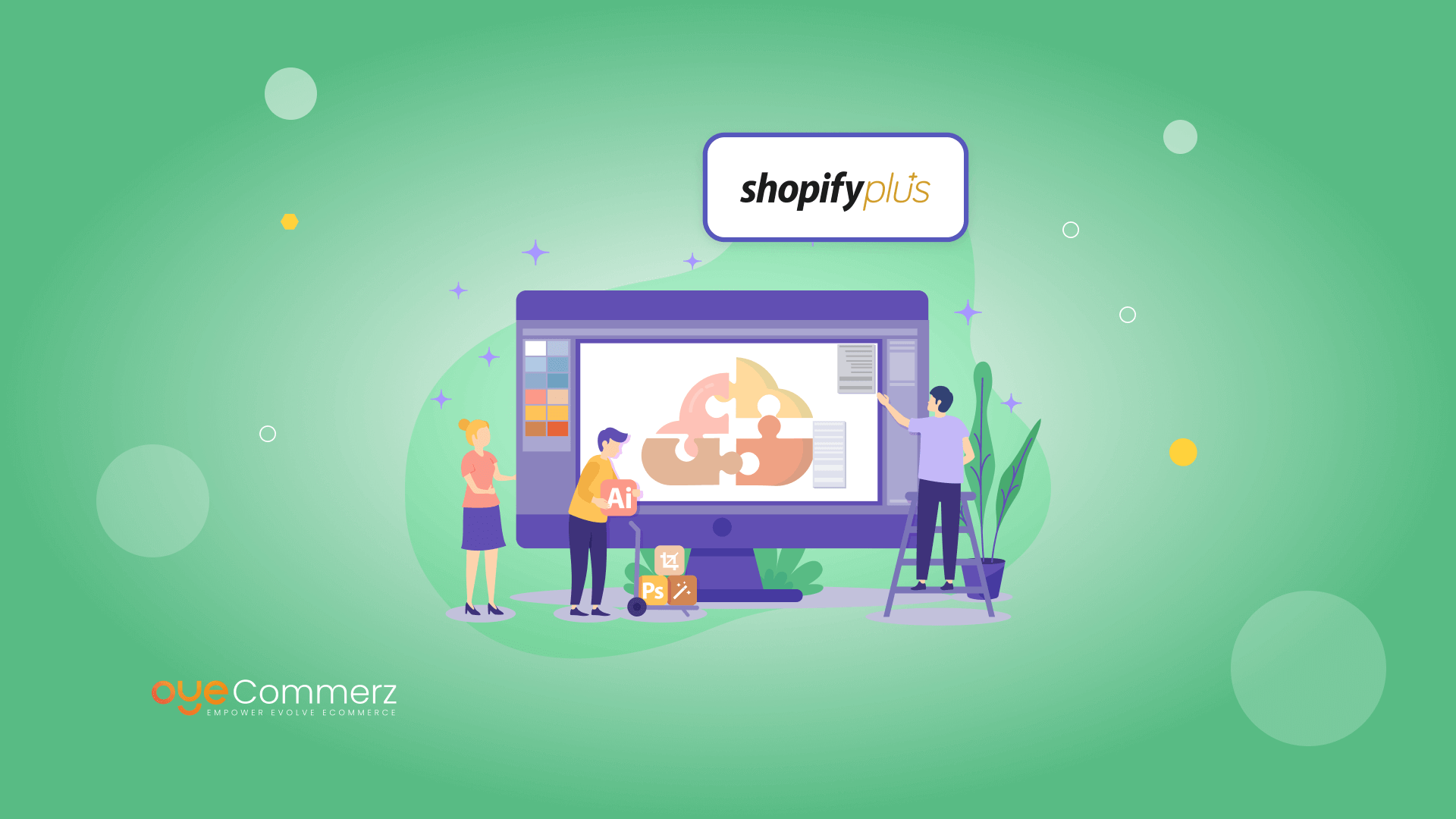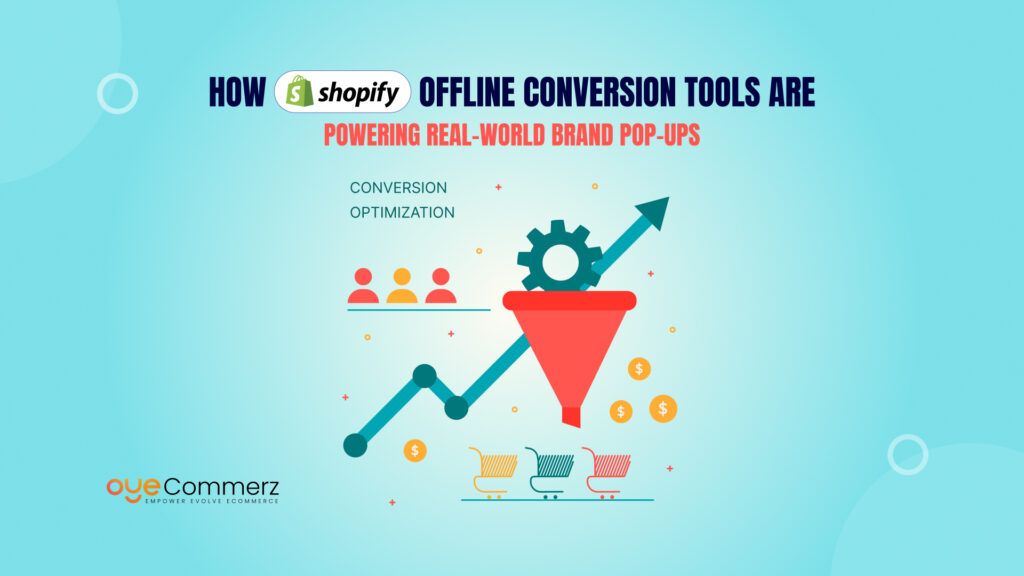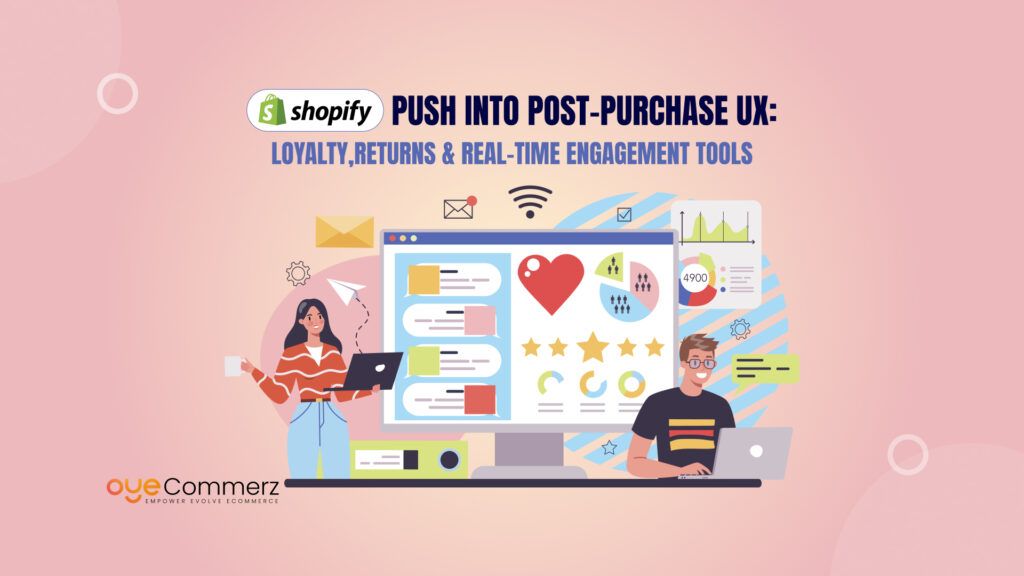Looking at the opportunities in e-commerce today, it is crucial to be unique, which means that originality is a must. For companies engaged in Shopify Plus, then Shopify Plus Design and theme customization are among the effective strategies to gain a competitive advantage, improve shopper satisfaction, and increase conversion ratios.
Shopify Plus, recognized for its ease of use and high customizability, enables a business to develop a customizable and engaging website. In this blog, you will find out what Shopify Plus Design entails, why it is useful, what precautions should be taken, and how you can customize your store’s theme in detail.
Table of Contents
ToggleCost Of Use Stats
A significant portion of Shopify’s Gross Merchant Volume revenue comes from merchants subscribed to Shopify Plus, which costs $2,000 per month, with negotiable pricing options. For high-performing stores generating over $800,000 in monthly revenue, Shopify Plus offers a competitive variable rate of 0.25%. This tiered pricing model supports business growth by providing more favorable rates as they expand.
The estimated cost for apps on Shopify Plus typically ranges from $200 to $1,000 per month for an average operation, with potential additional expenses for enhancing store functionality with apps.
What is Shopify Plus Theme Customization?
Shopify Plus theme customization relates to changing the appearance of your Shopify store according to the given brand image and its requirements. This can mean even basic transformations such as colors and fonts used, but can also go as far as changes to the layout and design of the website. These adjustments are crucial for Enhancing Customer Experience on Shopify Plus, as they ensure that the store not only reflects the brand’s identity but also meets user expectations through intuitive and engaging design elements. Incorporating certain special features further tailors the shopping experience to better serve your customers.
Shopify Plus brings numerous tools and materials such as Liquid which is an HTML template language by Shopify, Shopify Theme Store, and many apps with the help of which businesses can reach the actual look and optimization.
Advantages of Developing Shopify Plus Themes
Brand Differentiation: When set up specifically for your store, a theme will convey your brand’s tone and characteristics for your customers to easily identify with.
Enhanced User Experience: Modifying your theme in a way that enhances the site’s navigability, speed, and compatibility with mobile devices can have a positive impact on the customers’ satisfaction and their likelihood to return.
Higher Conversion Rates: Specific options and better reasoning in the shells of the layouts can be helpful to navigate users through the purchasing spectrum more efficiently, and increase the conversion.
SEO Advantages: Optimizing is a highly effective approach to increasing focus on and rank positions – which implies more organic traffic to your store.
Scalability and Flexibility: In contrast to this, and since the intended business is growing progressively, the specific theme to be adopted could be modified to suit the specific new products, features, or user needs that will emerge.
Increased Engagement: Different and eye-catching objects help to attract clients’ attention to screens and other forms of the site’s navigation.
Better Performance: Reduction of code from standard templates through customization of your theme can help you get a cleaner-looking site that can run faster.
Shopify Plus Brand Customize Theme – 7 Best Practices
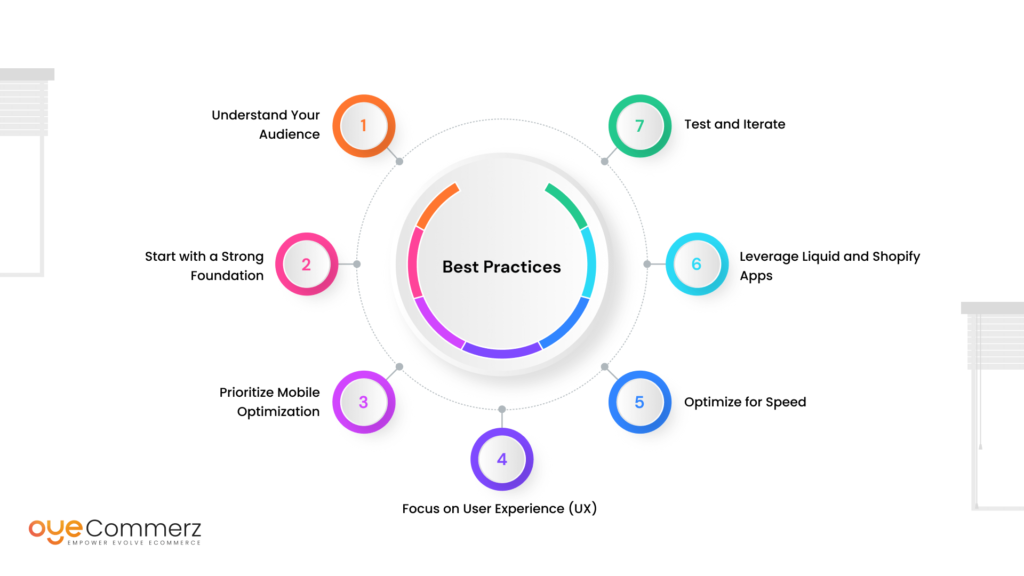
Understand Your Audience: It is imperative first to ensure that you know or have identified many aspects concerning your target market before customizing your designs. Ensure you carry out the survey and collect data to use in coming up with the design.
Start with a Strong Foundation: Picking a theme that best represents your site and/or blog is also very important to choose one that is well known and has good performance and customer reviews. This basic configuration can then be expanded as a firm-specific solution in its subsequent stages.
Prioritize Mobile Optimization: Being that most of the consumers are using their mobile devices to shop online, make sure that your theme for the site is mobile-friendly and mobile-friendly optimized.
Focus on User Experience (UX): Always usability comes first and the focus should be on the website’s navigation, clear calls to action, and having a smooth checkout page.
Optimize for Speed: The website must quickly load because it influences the patience of visitors and affects the SEO rating. Reduce the intensity of images and scripts that are not compulsory and always use the technique of lazy loading.
Leverage Liquid and Shopify Apps: Utilise Liquid to create templates and sections and embed Shopify apps to enrich the store functionality without affecting speed.
Test and Iterate: To ensure that users of your customized theme do not experience an array of issues, consistently beta-test your theme on various gadgets and web browsers. Collect further feedback from the target users to further tweak the system to get better results as well as to increase its usability.
How To Customize Your Theme?
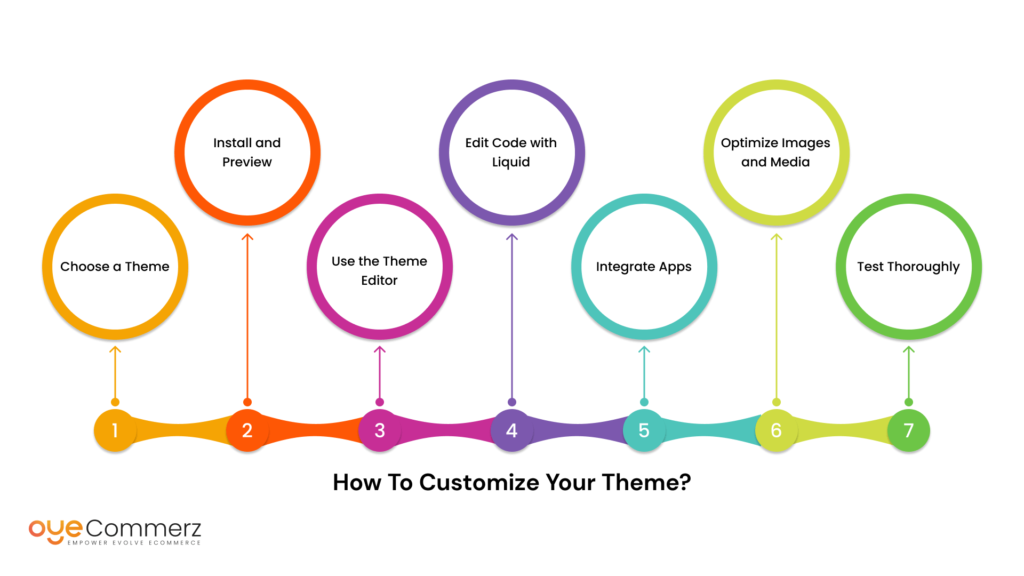
Choose a Theme: Begin with choosing a theme from the Shopify Theme Store that is suitable in terms of both, aesthetics and functionality, for your brand.
Install and Preview: Supply the theme and open it to have an idea of what its layout looks like and the other features that it possesses.
Use the Theme Editor: In Shopify, the Theme Editor enables you to do simple customization including color, font, and layout. It is a point-and-click system where there is no need to know how to write code.
Edit Code with Liquid: If such changes are not possible in the Design view, more experienced users can change the code in the theme using Liquid. This ranges from designing new templates, altering pre-existing ones, and including other functions.
Integrate Apps: The main area that might be of interest to the store owner is the Shopify App Store which hosts apps that can improve your store. Select applications that are related to the theme, and bonus options include product rating, search engine optimization, and others.
Optimize Images and Media: Check all the images and media files are web-enabled to avoid slowing down the site. Choose formats like WebP or others for the images and use lazy loading for them instead of the traditional loading.
Test Thoroughly: Once you have adjusted the look of the theme to your preference, you should preview your theme on devices of different sizes and on various browsers to check for further modifications, if any. Some signs include using a site analysis tool such as Google PageSpeed Insights to look for the areas that need to be optimized.
Important Points
Backup Regularly: It is always a good practice to back up your theme before making drastic modifications. This makes it easier to roll back a previous version if there is an issue with the current version.
Keep SEO in Mind: Just make sure adding the customizations does not in any way lead to a compromise of the store’s SEO. Concerning web design, focus on the structure of sites, their title and description tags, and loading speeds.
Use Child Themes: Where possible always endeavor to set up a child theme for the customization. This makes it easier to alter the parent theme since it will not interfere with the other added changes.
Stay Updated: Updating your theme and all the integrated apps will help you to receive new functions, safe bug fixes, and better performance.
Collaborate with Experts: If you feel that your coding abilities are not sufficient to make your site look professional, you can ask Shopify developers for assistance.
Leverage Analytics: Monitor your results concerning your customized theme through the analytics tools that are available for this purpose. This is an essential course of action when your goal is to find the changes made, and its effects by using bounce rate, adding conversion rate, and average session duration.
Document Your Changes: Maintain a record of all alterations done to your theme. It assists in the identification of problems and maintains coherence when several people are working on it.
Transform Your E-Commerce Journey with OyeCommerz
Enhance your online presence, streamline your operations, and boost user satisfaction with our robust solutions. At OyeCommerz, we employ strategic methods to revolutionize your store and propel success. Our comprehensive training and support ensure you excel with Shopify Plus, paving the way for sustainable profitability.
Partner with OyeCommerz to unlock exceptional eCommerce opportunities and expand your business. Contact us today to begin your path to enduring success!
Contact to Migrate your Site to Shopify Now
Conclusion
Customization of Shopify Plus themes is one of the most effective strategies for creating an individual, beautiful, and effective online store platform to compete in the e-commerce industry. The role of UX/UI in Shopify Plus design is crucial, as it ensures that your store not only looks appealing but also functions seamlessly. By using popular themes and adhering to best practices, you can align your store with your business’s identity and meet your customers’ needs.
Whichever objective you set, whether it’s to create a smoother and more attractive interface, increase conversion rates, or improve your company’s SEO standings, proper management of themes in Shopify Plus can deliver significant results. Always adapt to the changes you implement with further testing, keep up with current trends and available technologies, and don’t hesitate to consult professionals. When done correctly, your Shopify Plus store can effectively represent your brand’s quality and become the go-to destination for your customers.

